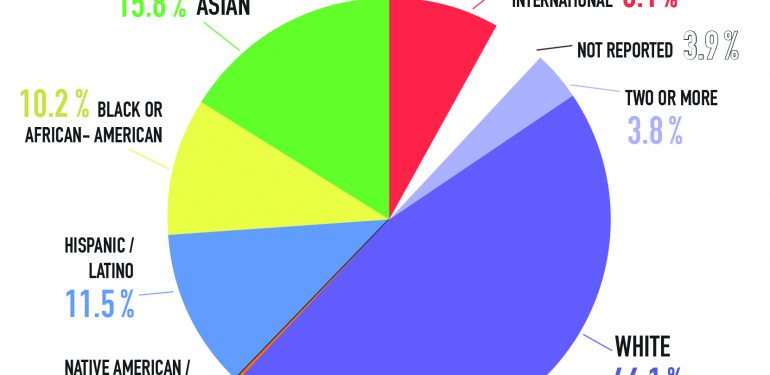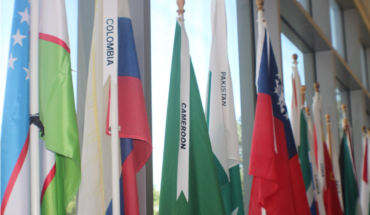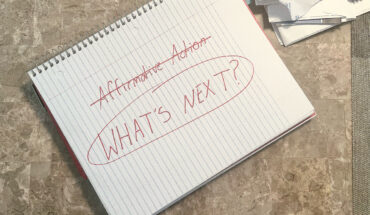By Emily Bartenfelder, Contributor
Give something the good old college try. At first this may sound like a blanket statement, but to many people this has a different meaning. No matter who you are, the person next to you will have a different college experience and story to tell.
Despite the fact that universities hold policies that support affirmative action, institutionalized discrimination is still prevalent today, maintaining unequal representation throughout the higher educational world. These universities are unable to provide students equal opportunity of learning and thriving within a college setting.
From my own experience, in the state of Virginia, there are certain universities that are considered prestigious and pride themselves on diversity, higher standards of learning, and amenities available for students.
Looking at the distinguished University of Virginia, affirmative action stands to support students of all backgrounds. However, in past years the statistics appeared to mainly support Asian-American students, while other minority groups are left with faint numbers. Demographics from 2016 show that the percentage of accepted students range from 59.21 percent for White Americans, with Asian-Americans at a mere 13.01 percent. Other minority groups peaked at 5 percent, so it is evident that the backgrounds of potential students are working against them, even with affirmative action in place.
Individuals that come from underprivileged communities are automatically disadvantaged simply because of their geographic location. A Black or Hispanic student living in a wealthier part of Georgetown would most likely have the opportunity to attend a private school, whereas another Black or Hispanic student living in Southeast D.C. might not have that same opportunity.
Even with affirmative action in place to empower minority groups, the transition to prestigious universities sometimes blocks students from procuring their education, because the system ultimately fails to acclimate them to the standards set by the university. These students have been thrown into a new environment drastically different from their own, and some are unable to thrive in a setting of new demands. However, in the same light, there are students who prosper at the sight of new opportunity and a chance to further their future.
Some reasons for this could be underdeveloped aptitude towards learning. These skills are developed at a young age, and individuals who did not receive support from parents, guardians, or teachers during their K-12 education are less likely to perform at higher standards in college according to the DoSomething organization. Additionally, students coming from low income, underprivileged areas have drastically different priorities. Many of these young adults have had to build their lives up from the ground,as reported by the U.S. department of Health and Human Services, Office of the Assistant Secretary for Planning and Evaluation. They do not have the luxury of living on campus, having a meal plan or expanding their social circle due to financial, familial, and societal responsibilities. These aspects all play into the social injustices that minority groups face when taking on higher education.
However, at Mason, there has been active steps taken to ensure the necessary representation of all backgrounds and groups of people. Looking at statistics from 2016, Masons’ population consists of 46.1 percent White undergrad students, 15.8 percent of Asian students, 11.47 percent of Hispanic students, and 10.2 percent of Black students. Even though the numbers still have a large gap, the university is widely recognized as one of the most diverse universities in Virginia. Looking beyond admission statistics, Mason has tasked the Office of Diversity and Multicultural Education to continue to advocate and educate students from all over the globe so that acceptance and open mindedness in our community is the priority. Each month the ODIME office celebrates a different heritage with events happening on campus for all to attend. Some of these include educational sessions, as well as activities for all students. Even though Mason has a way to defeat systematic discrimination in higher education, the efforts to reform the system and give justice to all deserving students is underway.
All colleges are different—and so far, Mason has been extraordinary in my experience. My good old college try has just begun.
Graphic Courtesy of Mary Jane DeCarlo




